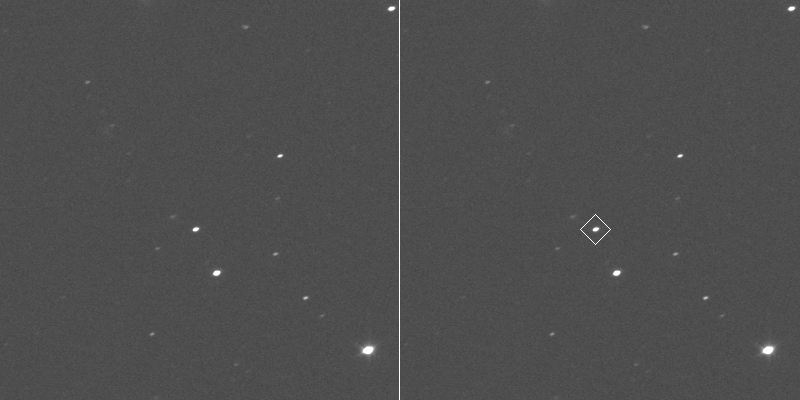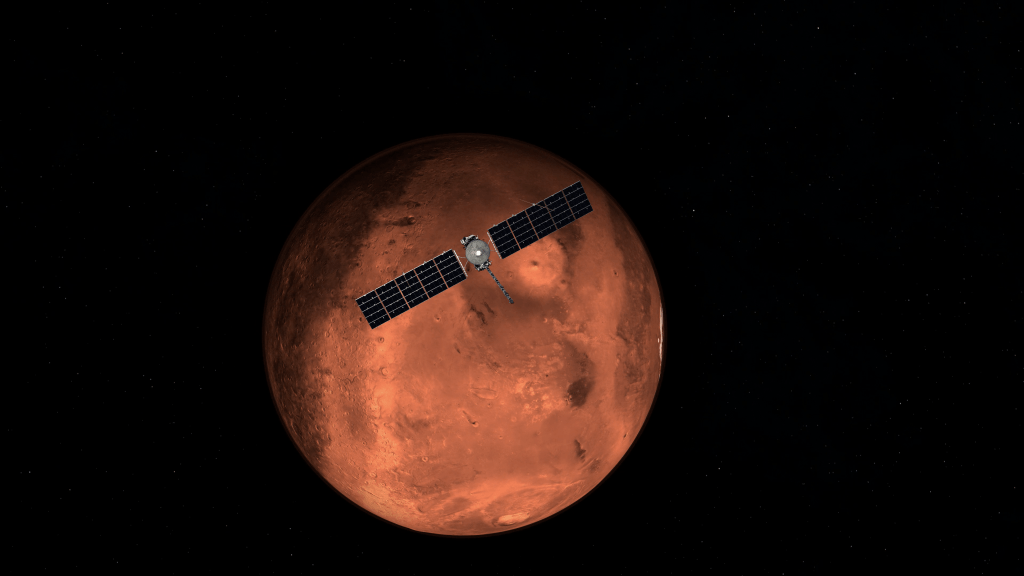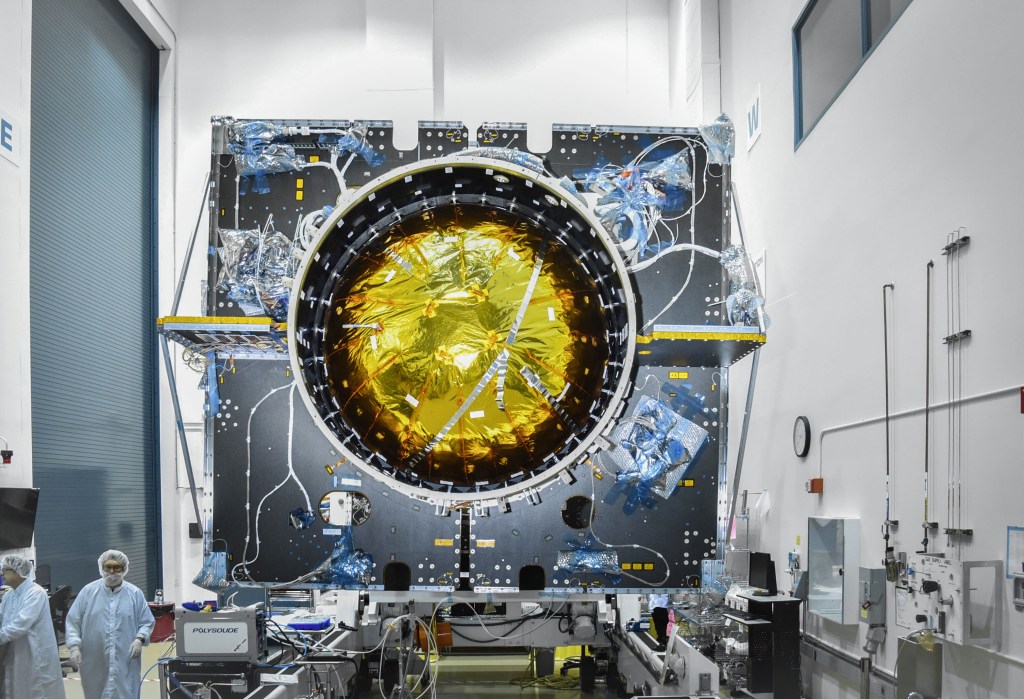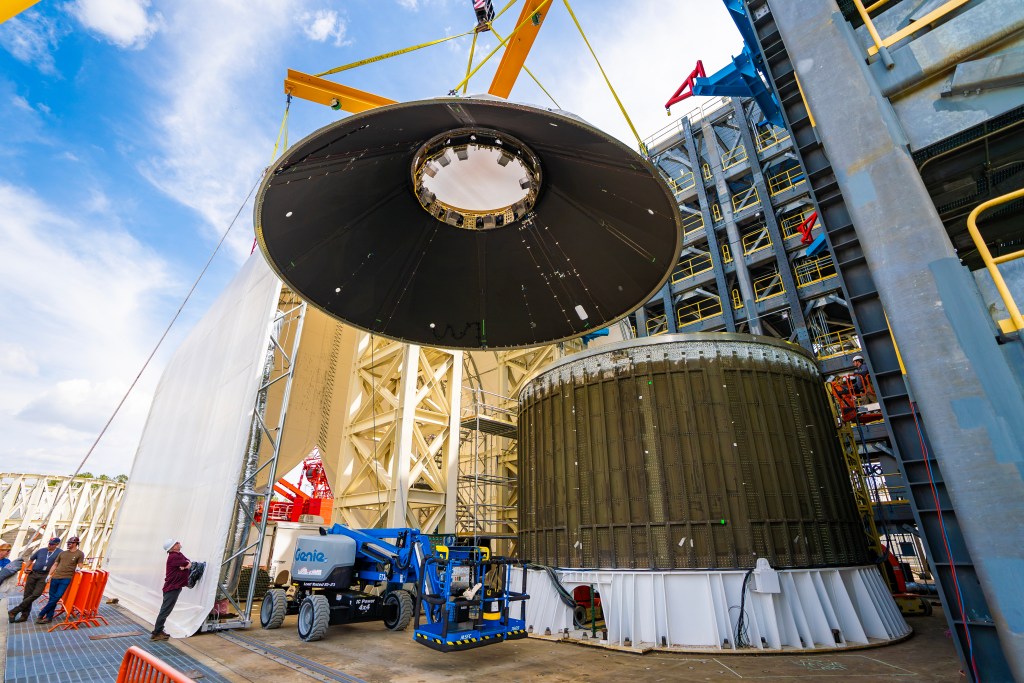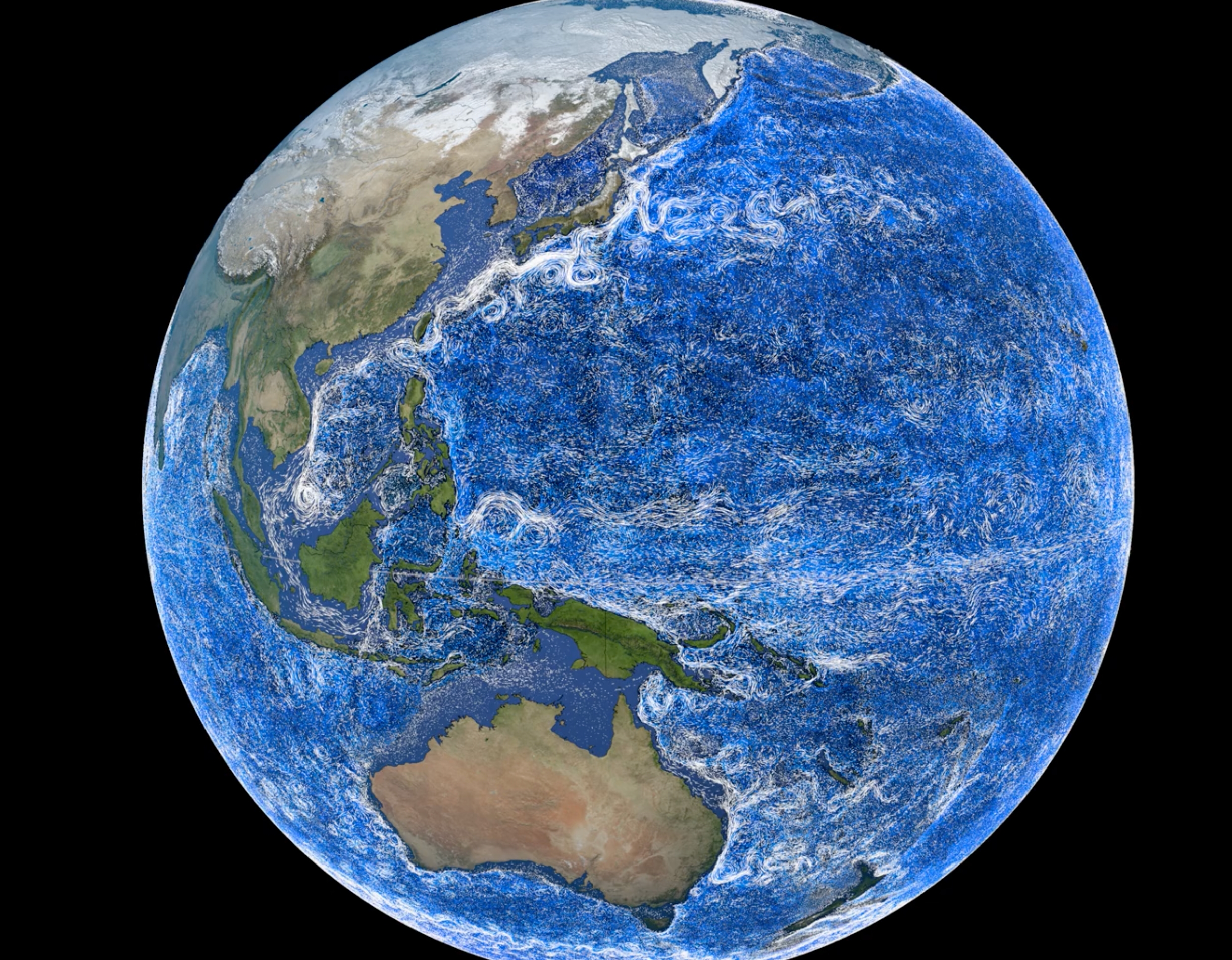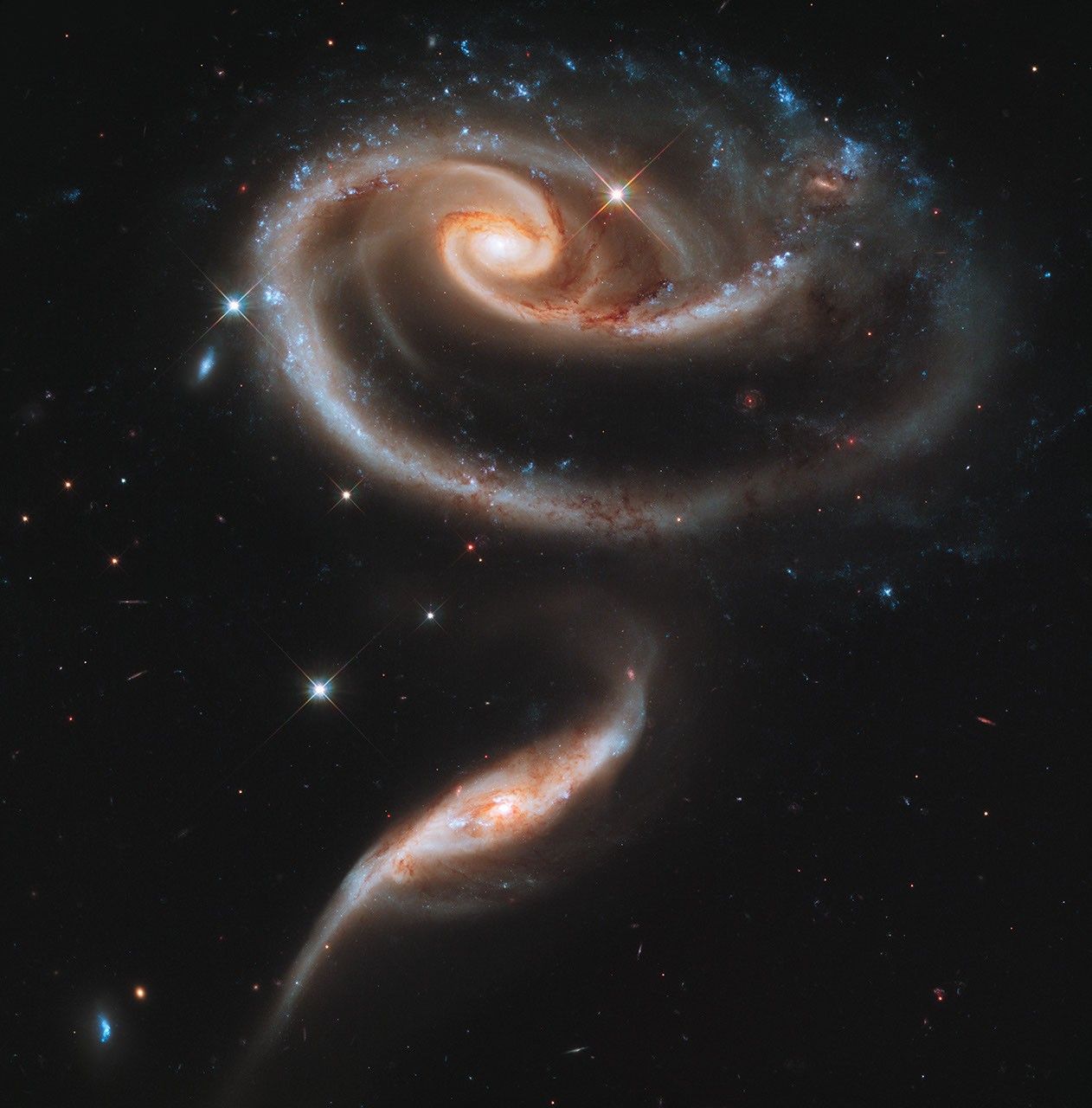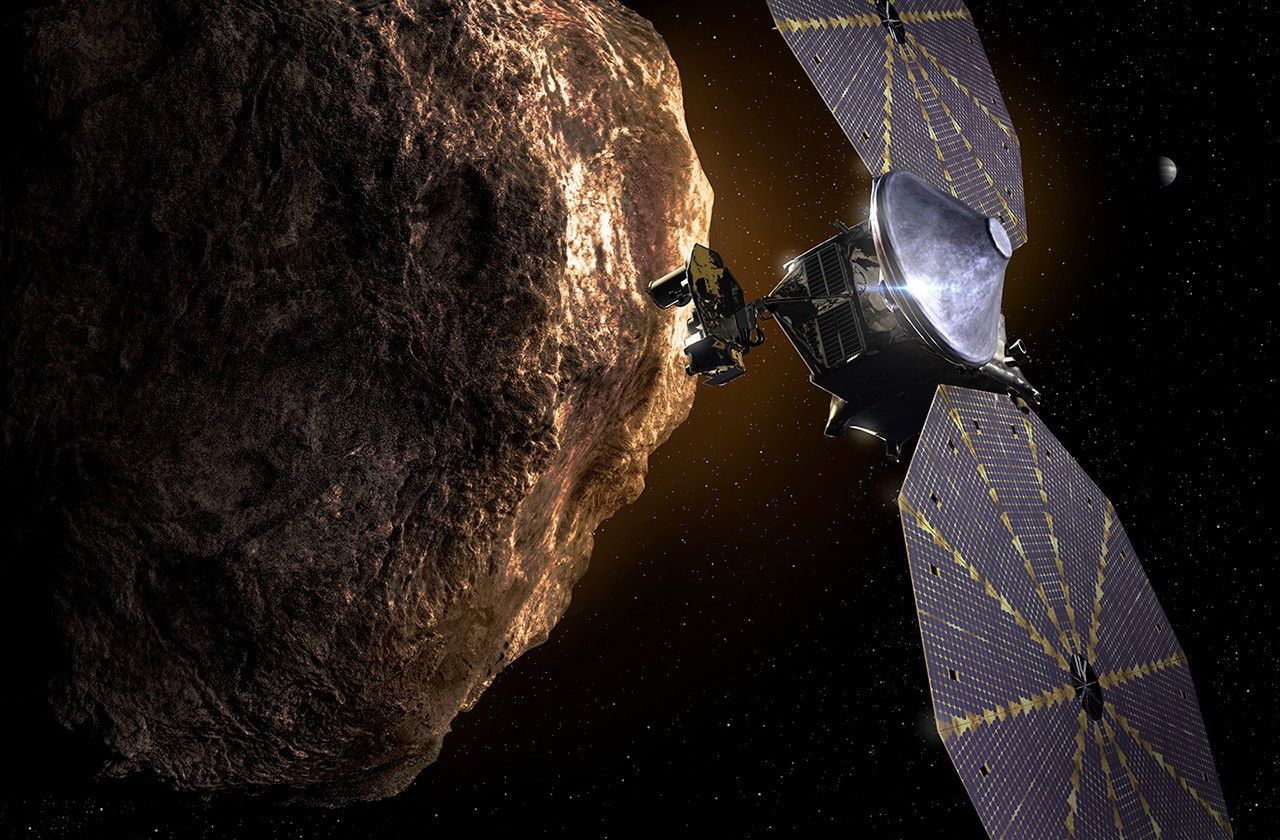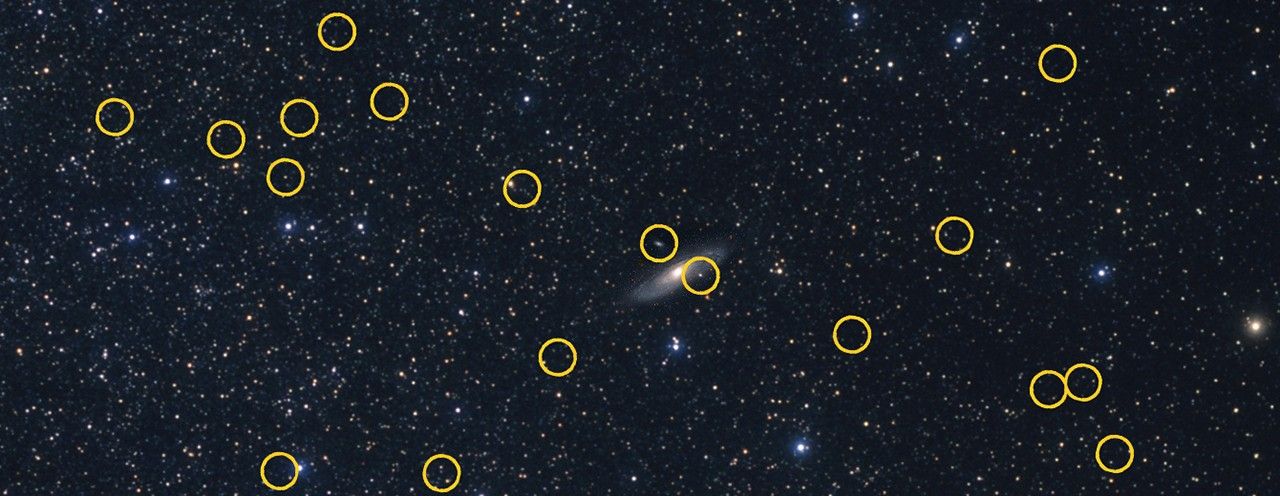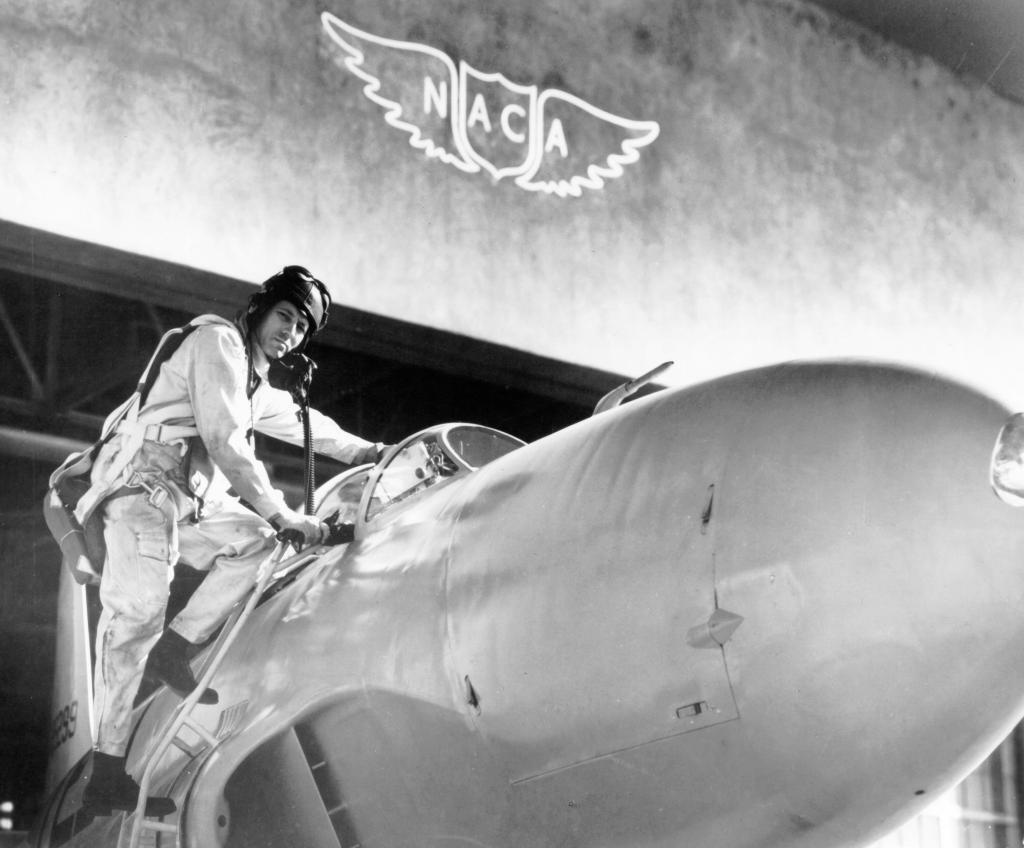Exercise Countermeasures

Contents
Introduction
Exercise Countermeasures – understanding the physiological response of humans to extreme environments and mitigating associated risks – are paramount at the Johnson Space Center (JSC), a world leader in human spaceflight. JSC possesses unique knowledge, skills, and capabilities that can be applied to solving human health and performance challenges here on earth (in laboratory or other space analog environments) while correlating to operating in extreme and harsh environments. As JSC provides research, engineering, development, integration, and testing of hardware and software technologies for exercise systems applications in support of human spaceflight, this effort supports the current suite of on-orbit exercise devices by reducing maintenance, addressing obsolescence, and increasing reliability and usability through creative engineering solutions. Advanced exercise systems technology development efforts concentrate on the sustainment of crew’s physical condition beyond Low Earth Orbit for extended mission durations with significantly reduced mass, volume, and power consumption when compared to the International Space Station. JSC stays current with the latest technology advances to continuously evolve innovative exercise countermeasures capabilities for long duration exploration-class vehicles and habitats and are forward-thinking as they seek new technology and next-generation crew exercise capabilities. A diverse world-class team of scientists, engineers, and personnel develop, support and conduct collaborative biomedical and human performance research and development.
Capabilities
Exercise Physiology and Countermeasures
Overview | The Exercise Physiology and Countermeasures Laboratory possesses the expertise and facilities to support clinical, operational, and research grade fitness and performance testing on crewmembers for spaceflight missions and test subjects participating in ground-based studies. Additionally, it can evaluate and validate exercise countermeasure hardware and software aimed at maintaining human health and performance in space. The laboratory also offers expertise for conducting biomechanical assessments of crew members during exercise. Furthermore, it collaborates with other Human Performance Laboratories at JSC to understand the implications of spaceflight-associated physiologic changes so future spaceflight programs can implement the appropriate countermeasures.
Details |
- Perform aerobic and anerobic fitness measures using various modalities (i.e., cycle, treadmill, rower, etc.) for assessing submaximal and maximal performance
- Assessing performance using metabolic gas measures during a variety of activities (VO2max and VO2peak)
- Perform musculoskeletal measures of volume and performance (isometric, isokinetic and isotonic)
- Perform biomechanical analyses using motion capture and force platforms; gait assessment
- Process, analyzes, and communicate in-flight exercise session data
- Perform Task Analysis and Human in the Loop Testing
- Assessing field-based operational performance
- Provide subject matter expertise in space analog ground environments (chamber studies, short/long duration analogs, etc)
- Evaluate and validate exercise countermeasures hardware and monitoring tools, exercise prescriptions, protocols, and conditioning programs
- Evaluation of exercise hardware systems and provide recommendations for various spaceflight exercise modalities
- Conduct biomedical research addressing human systems risks
- Support programs in the development of requirements related to exercise hardware and operations
- Support the development of exercise countermeasure systems and prescriptions tailored for each design reference mission, vehicle and duration
- Work with Space Medicine and Astronaut Strength and Conditioning Representative (ASCRs) to maintain crew health (see https://www.nasa.gov/directorates/esdmd/hhp/astronaut-strength-conditioning-and-rehabilitation/)
Technology Development for Human Health and Performance (Wearable Robotics)
Overview | Johnson Space Center’s (JSC’s) HumanWorks Lab provides human health and performance technology development, incubation, and integration for human spaceflight.
Details |
- Provides tools to address human health and performance gaps while collaborating with external partners
- Wearable robotics for assistance, exercise, rehabilitation
- Physiology sensing technologies
- Human health data applications
- Gamification of training and exercise
- General prototyping, innovation, collaboration
Crew Exercise Design and Testing
Overview | JSC provides engineering design, development, test, and evaluation (DDT&E) of hardware and software technologies for exercise systems applications in support of human spaceflight.
Details |
- Design and development of human health interfaces
- Modeling and analysis
- Zero-gravity countermeasure systems: aerobic and resistive exercise devices
- Reduced gravity testing in the Active Response Gravity Offload System (ARGOS)
- Advanced human and machine simulation using Digital Astronaut (DAS) analysis tools to test and evaluate new exercise effectiveness during design and prototyping
- Computer controlled exercise devices that can be tailored to a variety of loading profiles
- Flight Systems anomaly investigation, troubleshooting and resolution
- Integrated exercise software to simplify crew usage, improve data collection and assist virtual training
Digital Astronaut Simulation
Overview | Digital Astronaut Simulation (DAS) provides a fully dynamic model of a human being, which lets us assess how the human interacts with the space environment, as well as elements within the space environment, without having to put a test subject in a risky environment or in a setting that is difficult to replicate, such as reduced or zero gravity. The team helps to assess and develop exercise systems, offload systems for analog facilities, and extravehicular activity (EVA) capability.
Details |
- Human-in-the-loop data collections with motion capture and force platform measurement in the Prototype Immersive Technology (PIT) laboratory and the Active Response Gravity Offload System (ARGOS)
- Biomechanics simulation using OpenSim and custom developed plug-ins
- Provides dynamic quantities as inputs for Vibration Isolation & Stabilization system simulation and vehicle loads & dynamics assessments
- Analysis to inform human system requirements, characterization, and design iteration
- For more details, see https://www.nasa.gov/general/digital-astronaut-simulation-tool/
Crew Exercise Systems Engineering
Overview | JSC provides cradle-to-grave systems engineering for critical exercise systems applications in support of human spaceflight, including integration and testing of hardware and software technologies.
Details |
- Systems Engineering flow from concept to certification for critical equipment with human interactions
- Functional Architecture Definition
- Concept of Operations
- Development and Management of Requirements & Interfaces
- Design Integrations
- Qualification and acceptance testing
- Verification and Validation
- Flight Certification
Crew Exercise On-Orbit Systems Management
Overview | JSC is the world leader for providing sustaining engineering and systems management for exercise devices.
Details |
- Exercise Flight Systems Operations
- Data collection and analysis
- Life tracking, sparing inventory and manifesting
- Preventive and corrective maintenance plans and procedures development
- Risk management
- In-flight anomaly investigation, troubleshooting and resolution
- Flight readiness assessments
Device Sustaining Engineering and Systems Management on ISS
- Treadmills (TVIS and T2/COLBERT)
- Bike (CEVIS)
- Resistive Exercise (IRED and ARED)
- Health Monitoring (BP/ECG and Heart Rate)
- Vibration Isolation and Stabilization (VIS)
Vibration Isolation and Stabilization (VIS) System
Overview | Vibration Isolation and Stabilization (VIS) Systems are passive, active and/or hybrid mechanisms designed to attenuate imparted exercise loads and vibrations in multiple degrees of freedom to meet vehicle’s structural and payload microgravity requirements while maintaining effective stability for the crewmember.
Details |
- Design & Testing
- Integration with exercise device and vehicle
- On orbit system management and maintenance
- Concept of operations
- Analyses (impact, stress, vibration, multibody models/sim etc.,)
- Verification & Validation
- Flight Certification
Crew Exercise Common GUI Software
Overview | JSC provides OnePortal, a software application with a common GUI across multiple exercise devices that collects, stores, and displays data as well as receives and displays exercise prescriptions to the crewmember.
Details | OnePortal is a software application that can be readily modified to interface with any type of Exercise Device. This approach enables reduced development costs, shared upgrades, and simplified crew training. Examples of exercise devices to which crew exercise common GUI software has been interfaced including Miniature Exercise Device (MED), Advanced Resistive Exercise Device (ARED), Orion Flywheel, Second Generation Treadmill (T2), Hopper 2 & 3, Advanced Twin Lifting and Aerobic System (ATLAS), and Hybrid Ultimate Lifting Kit (HULK).

